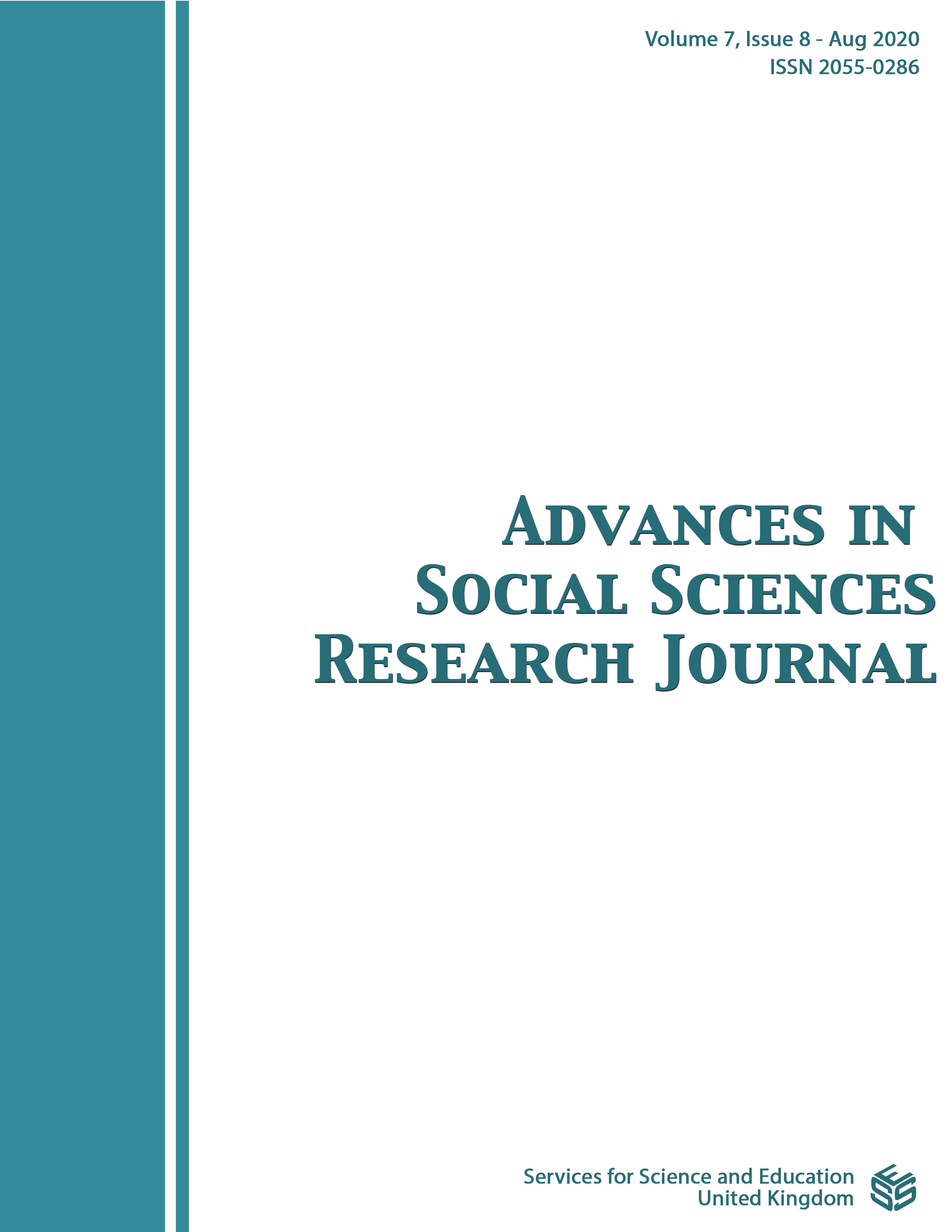Retrospective of Entrepreneurial Activity Development
DOI:
https://doi.org/10.14738/assrj.78.8826Keywords:
Entrepreneurship, Business, Credit resources, Reforms, Economic policy.Abstract
Historically, Entrepreneurship has been and still is the area of activities of targeted people. It is the main catalyst for both economic progress and development. The results obtained from entrepreneurial activity create wealth, fill and form the state budget, create jobs, solve the existing social problems. The entrepreneurial activity, as the most sensitive area of both scientific and technical progress, is the "locomotive" of decisions after which, as an innovative product, it is introduced to both consumer market and society. The entrepreneurs are the most affluent part of society as they own the biggest financial resources, securities, assets and values. At the same time, most of them become philanthropists and maecenas as well as founders and donors of international foundations. Entrepreneurship is a cultural phenomenon presenting an integral part of world civilization. The economic activity of entrepreneurs has a significant impact on the geopolitical strategies of countries, trade relations, the development of science, the provision of living standards of population, the establishment of labor, culture and modern standards and so on.
Historical and national tradition has turned this or that field or technological process into a part of the ethno-culture of the country or a sample of cultural heritage. For example: Switzerland is known for its watch industry, Venice - for its glass production and Saxony -for its porcelain plates and dishes, Netherlands - for its cheese production, France - for its champagne production and Scotland - for both cognac and whiskey technologies, Georgia -for both bread-making and pitcher wine-making technologies and etc. This is a small list of brands and technologies, that have withstood the demands of both the time and tough competition for centuries, and even today, they do not lose their unique specificity and attractiveness as samples of cultural heritage.
Downloads
Published
How to Cite
Issue
Section
License
Authors wishing to include figures, tables, or text passages that have already been published elsewhere are required to obtain permission from the copyright owner(s) for both the print and online format and to include evidence that such permission has been granted when submitting their papers. Any material received without such evidence will be assumed to originate from the authors.






